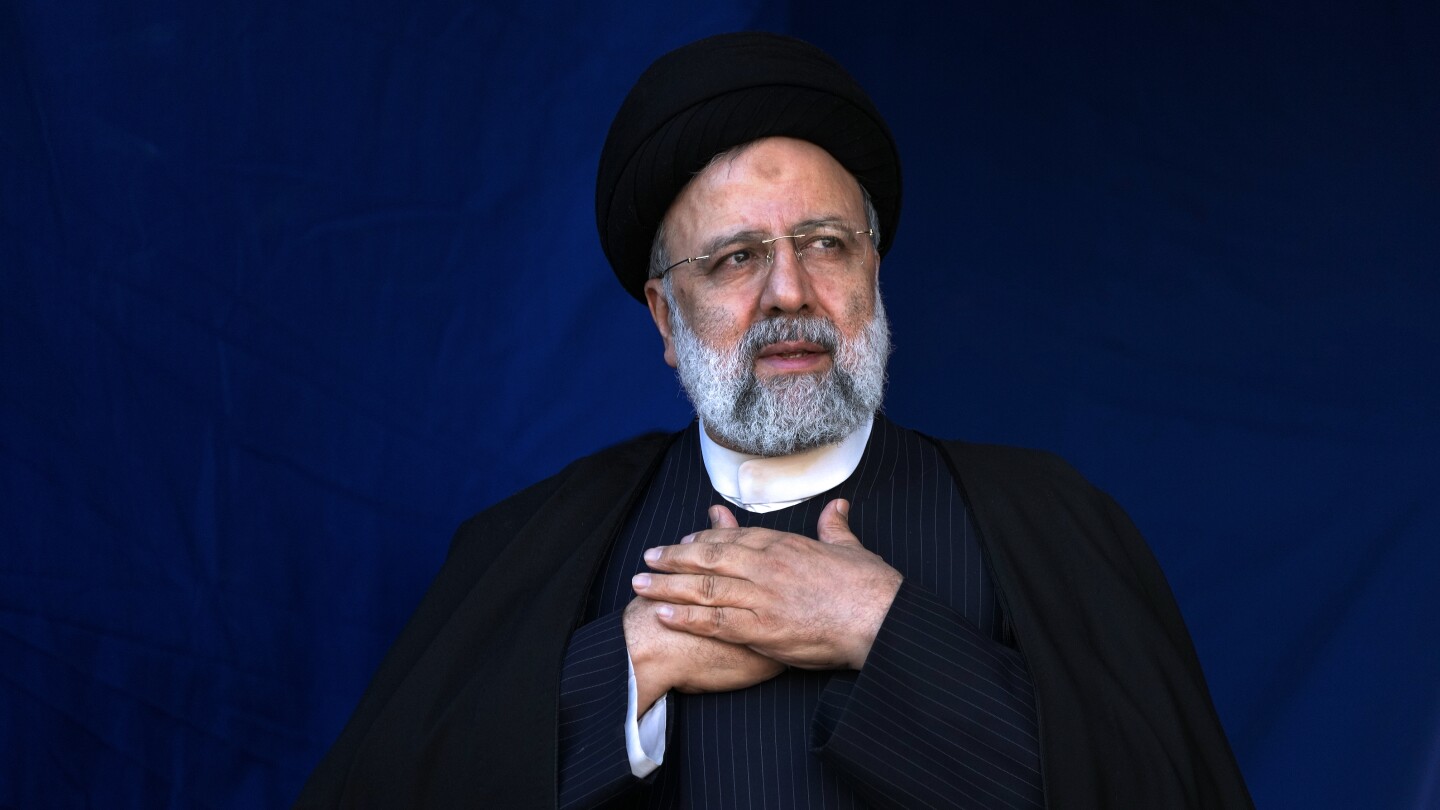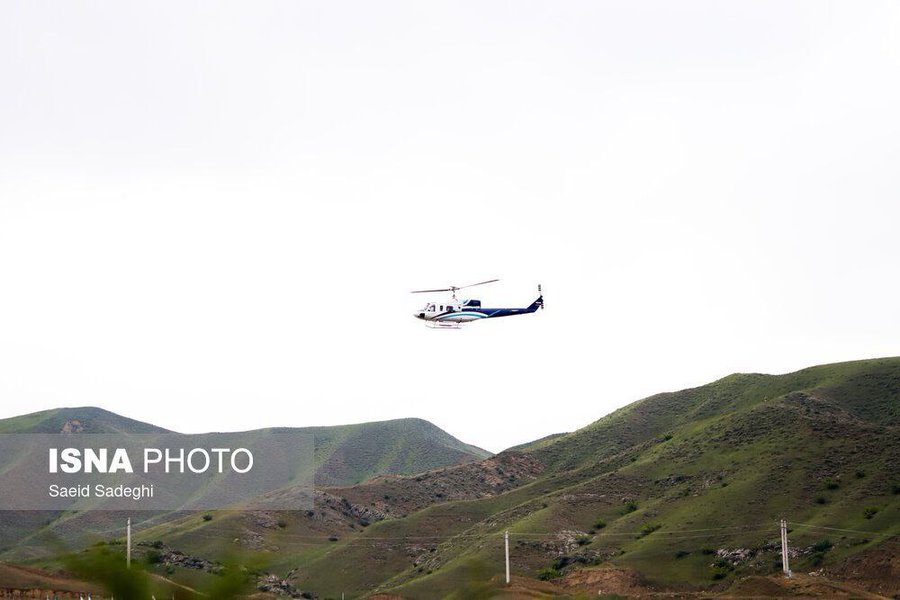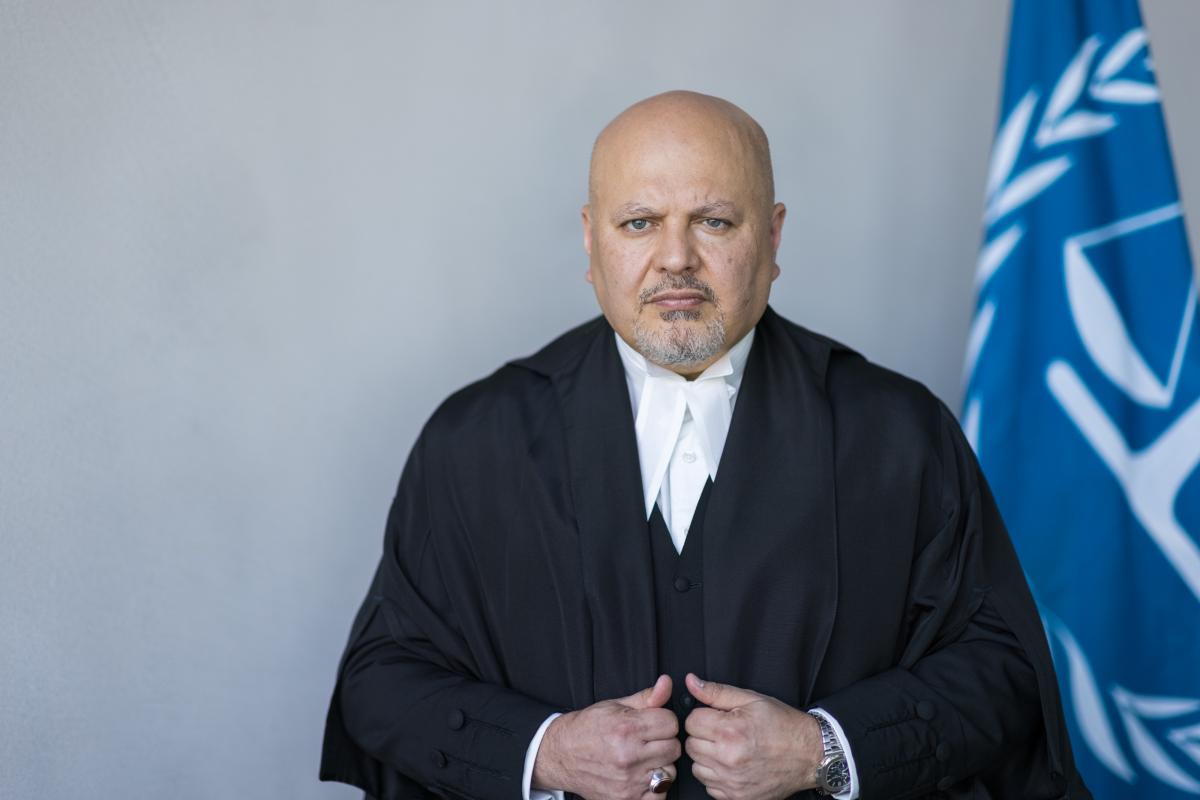Az is haboru, csak alacsony intenzitasu es alapvetoen nem a szir allammal haboruzik, hanem irregularis kurd erokkel.Törökország sem háborúzik Szíriában. Papíron egy akkori állapot szerinti polgárháborúba avatkozott be.
[BIZTPOL] Közel-kelet
- Téma indítója duckdodgers™
- Indítva
-
Ha nem vagy kibékülve az alapértelmezettnek beállított sötét sablonnal, akkor a korábbi ígéretnek megfelelően bármikor átválthatsz a korábbi világos színekkel dolgozó kinézetre.
Ehhez görgess a lap aljára és a baloldalon keresd a HTKA Dark feliratú gombot. Kattints rá, majd a megnyíló ablakban válaszd a HTKA Light lehetőséget. Választásod a böngésződ elmenti cookie-ba, így amikor legközelebb érkezel ezt a műveletsort nem kell megismételned. -
Az elmúlt időszak tapasztalatai alapján házirendet kapott a topic.
Ezen témában - a fórumon rendhagyó módon - az oldal üzemeltetője saját álláspontja, meggyőződése alapján nem enged bizonyos véleményeket, mivel meglátása szerint az káros a járványhelyzet enyhítését célzó törekvésekre.
Kérünk, hogy a vírus veszélyességét kétségbe vonó, oltásellenes véleményed más platformon fejtsd ki. Nálunk ennek nincs helye. Az ilyen hozzászólásokért 1 alkalommal figyelmeztetés jár, majd folytatása esetén a témáról letiltás. Arra is kérünk, hogy a fórum más témáiba ne vigyétek át, mert azért viszont már a fórum egészéről letiltás járhat hosszabb-rövidebb időre.
-
Az elmúlt időszak tapasztalatai alapján frissített házirendet kapott a topic.
--- VÁLTOZÁS A MODERÁLÁSBAN ---
A források, hírek preferáltak. Azoknak, akik veszik a fáradságot és összegyűjtik ezeket a főként harcokkal, a háború jelenlegi állásával és haditechnika szempontjából érdekes híreket, (mindegy milyen oldali) forrásokkal alátámasztják és bonuszként legalább a címet egy google fordítóba berakják, azoknak ismételten köszönjük az áldozatos munkáját és további kitartást kívánunk nekik!
Ami nem a topik témájába vág vagy akár csak erősebb hangnemben is kerül megfogalmazásra, az valamilyen formában szankcionálva lesz
Minden olyan hozzászólásért ami nem hír, vagy szorosan a konfliktushoz kapcsolódó vélemény / elemzés azért instant 3 nap topic letiltás jár. Aki pedig ezzel trükközne és folytatná másik topicban annak 2 hónap fórum ban a jussa.
Az egyik felén a kurdokkal a másik oldalt a kormányerőkkel. Amikor a törökök beavatkaztak nagyon nem volt az alacsony intenzitásúAz is haboru, csak alacsony intenzitasu es alapvetoen nem a szir allammal haboruzik, hanem irregularis kurd erokkel.
Állítólag lezuhant az iráni elnök helikoptere, a külügyminiszterrel és több magas rangú kormányhivatalnokkal egyetemben.
Rosszak a látási viszonyok, mentőegységek vannak a helyszínen.
Rosszak a látási viszonyok, mentőegységek vannak a helyszínen.
Jelenleg ellentmondásos hírek jönnek a balesettel kapcsolatban!Állítólag lezuhant az iráni elnök helikoptere, a külügyminiszterrel és több magas rangú kormányhivatalnokkal egyetemben.
Rosszak a látási viszonyok, mentőegységek vannak a helyszínen.
20 perce:

 apnews.com
apnews.com
30 perce:

 www.nytimes.com
www.nytimes.com
1 oraja:

 www.rferl.org
www.rferl.org
Helicopter carrying Iran's president suffers a 'hard landing,' state TV says, and rescue is underway
Iranian officials say a rescue operation is underway after a helicopter carrying Iranian President Ebrahim Raisi suffered a “hard landing."
30 perce:

Helicopter Carrying Iran’s President Has Crashed, State Media Reports
Rescuers are trying to locate the helicopter on which President Ebrahim Raisi and Foreign Minister Hossein Amir Abdollahian were traveling, state media reported. Their status is unknown.
1 oraja:

Iran Releases Footage Of Rescuers Searching For President's Helicopter
Thick fog dominates the official Iranian footage of search efforts for a helicopter reportedly carrying President Ebrahim Raisi and Foreign Minister Hossein Amir-Abdollahian. Iranian state media said the helicopter made a "hard landing" on May 19.
 www.rferl.org
www.rferl.org

Iran helicopter crash updates: President Raisi, FM Amirabdollahian die
Multiple Iranian news agencies confirm that all nine passenger who were on the helicopter have been killed.
Utolso foto:

Ez biztos nem, mert egy Mi 171-en utazott.
Iran helicopter crash updates: President Raisi, FM Amirabdollahian die
Multiple Iranian news agencies confirm that all nine passenger who were on the helicopter have been killed.aje.io
Utolso foto:


May 19, 2024, 12:58 p.m. ET
9 minutes ago
Anushka Patil
The U.S. State Department said it was “closely following" reports of the crash but had no further comment.
May 19, 2024, 12:56 p.m. ET
11 minutes ago
The New York Times
The crash comes amid concerns about the risk of a wider conflict in the Middle East.

The aftermath of the strike on an Iranian Embassy building in Damascus, Syria, last month.
Credit: Firas Makdesi/Reuters
The crash of a helicopter carrying President Ebrahim Raisi of Iran happened at a delicate moment for international relations, just days after senior American and Iranian officials held talks through intermediaries to try to tamp down the threat of a wider conflict in the Middle East.
The area where the helicopter crashed was under heavy fog, and it was not immediately clear what had caused the crash, which set off an intense search and rescue operation.
For years, Iran and Israel have been locked in a shadow war with attacks by land, sea, air and in cyberspace — many of them covert or carried out by proxies throughout the Middle East. But the risks of a wider conflict have risen sharply since Hamas attacked Israel on Oct. 7, setting off the war in Gaza and a cascade of strikes and counter-strikes across the region.
The hostilities burst into the open after Israel conducted airstrikes on a building in the Iranian Embassy complex in Syria in April. Iran retaliated with its first direct attack on Israel after decades of enmity, launching more than 300 drones and missiles toward Israel, many of which were shot down.
Iran seemed intent on proving that it would attack directly — and not simply rely on its proxies, like Hezbollah in Lebanon, the Houthis in Yemen or militias in Iraq. Yet the Iranian barrage also seemed designed to cause little damage, reflecting an interest in avoiding war, analysts said at the time.
Still, the possibility of a wider conflict looms, and in recent days American and Iranian officials took part in indirect talks in Oman — the first such conversations since Iran’s retaliatory attack on Israel last month.
Jake Sullivan, the White House national security adviser, said in a news conference last week that “the threat posed by Iran and its proxies to Israel, to regional stability and to American interests is clear.”
Source: Iranian state and semiofficial news agencies
The New York Times
Ez biztos nem, mert egy Mi 171-en utazott.
x.com
Egyre nagyobb a kavarodás.
Az iráni elnököt szállító helikopter összes utasa meghalt – mondta az Iráni Vörös Félhold vezetője (VIDEO)
Az Ebrahim Raisi iráni elnököt szállító helikopter összes utasa életét vesztette – közölte az Iráni Vörös Félhold vezetője.Az Iráni Vörös Félhold vezetője, Pir Hossein Kolivand elmondta, hogy egy mentőcsapat közeledik a helikopter-baleset helyszínéhez.
Az Iszlám Forradalmi Gárda (IRGC) parancsnoka, Hossein Salami megerősítette, hogy a kutatócsoportok megtalálták Raisi helikopterének lezuhanási helyét, és felé tartanak."A lezuhant helikopter helyét megtalálták, de élő utasokra utaló nyomokat nem találtak" - mondta.
Arról, hogy Raisi helikoptere teljesen kiégett a balesetben, korábban egy iráni tisztségviselőre hivatkozva számolt be a Reuters. A tisztviselő szerint az iráni elnök helikopterének fedélzetén mindenki meghalt.
Kicsi annak a valószínűsége, hogy Raisi túlélhette volna a helikopter-balesetet – tette hozzá.
Источник: https://rusvesna.su/news/1716175168
Nyugodjon békében!Az iráni elnököt szállító helikopter összes utasa meghalt – mondta az Iráni Vörös Félhold vezetője (VIDEO)
Az Ebrahim Raisi iráni elnököt szállító helikopter összes utasa életét vesztette – közölte az Iráni Vörös Félhold vezetője.
Az Iráni Vörös Félhold vezetője, Pir Hossein Kolivand elmondta, hogy egy mentőcsapat közeledik a helikopter-baleset helyszínéhez.
Az Iszlám Forradalmi Gárda (IRGC) parancsnoka, Hossein Salami megerősítette, hogy a kutatócsoportok megtalálták Raisi helikopterének lezuhanási helyét, és felé tartanak.
Arról, hogy Raisi helikoptere teljesen kiégett a balesetben, korábban egy iráni tisztségviselőre hivatkozva számolt be a Reuters. A tisztviselő szerint az iráni elnök helikopterének fedélzetén mindenki meghalt.
Kicsi annak a valószínűsége, hogy Raisi túlélhette volna a helikopter-balesetet – tette hozzá.
Источник: https://rusvesna.su/news/1716175168
MSN
www.msn.com

Iranian President Ebrahim Raisi killed in helicopter crash; US offers condolences: Updates
The deaths of President Ebrahim Raisi and Foreign Minister Hossein Amirabdollahian are not expected to upend Iran's domestic or foreign politics.
Jó ez a köd.Az iráni elnököt szállító helikopter összes utasa meghalt – mondta az Iráni Vörös Félhold vezetője (VIDEO)
Az Ebrahim Raisi iráni elnököt szállító helikopter összes utasa életét vesztette – közölte az Iráni Vörös Félhold vezetője.
Az Iráni Vörös Félhold vezetője, Pir Hossein Kolivand elmondta, hogy egy mentőcsapat közeledik a helikopter-baleset helyszínéhez.
Az Iszlám Forradalmi Gárda (IRGC) parancsnoka, Hossein Salami megerősítette, hogy a kutatócsoportok megtalálták Raisi helikopterének lezuhanási helyét, és felé tartanak.
Arról, hogy Raisi helikoptere teljesen kiégett a balesetben, korábban egy iráni tisztségviselőre hivatkozva számolt be a Reuters. A tisztviselő szerint az iráni elnök helikopterének fedélzetén mindenki meghalt.
Kicsi annak a valószínűsége, hogy Raisi túlélhette volna a helikopter-balesetet – tette hozzá.
Источник: https://rusvesna.su/news/1716175168
A polákok majdnem kiegyeznek és megbékélnek az oroszokkal, mint anno a franciák a németekkel, erre hogyhogynem lezuhan a ködben a kormánygép.
(Fico elkezdi tolni az Ukrajna ellenességet, erre egy halál lényegtelen közönségbemenés során meglövik ....)
Az iráni elnök visszafogja magát Izrael kapcsán, nem kreál újabb háborút, pedig megtehetné, és csak minimálisan tol egy kis rakéta és dróntámadást, mint tehetné. Erre hogyhogynem a ködben lezuhan a helikoptere amint éppen visszatér az Izrael-barát azeri elnökkel történt PR akciózást követően.
A lezuhant gépet megtaláló Akinci drón útvonala 

 www.radarbox.com
www.radarbox.com


Follow Flight AKINCI01 on AirNav RadarBox
Real-time flight tracking with one of the best and most accurate ADS-B coverage worldwide. Check airport arrivals and departures status and aircraft history.

Statement of ICC Prosecutor Karim A.A. Khan KC: Applications for arrest warrants in the situation in the State of Palestine
Today I am filing applications for warrants of arrest before Pre-Trial Chamber I of the International Criminal Court in the Situation in the State of Palestine. Image ICC Prosecutor Khan on application for arrest warrants in the situation in the State of Palestine Watch Download Yahya Sinwar...
Annyiról elműködik egy RPG vagy még nem élesedik be azon a kb 15 méteren? Valamiért kettőt lőttek rá, de a nagy robbanás elmeradt, kivéve a végén, amikor még túl nagyra is sikerűlt.
